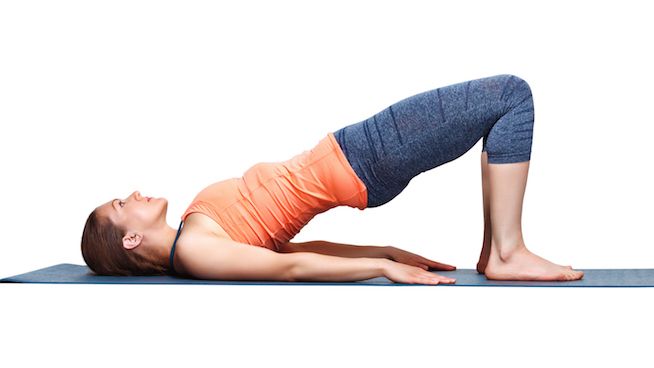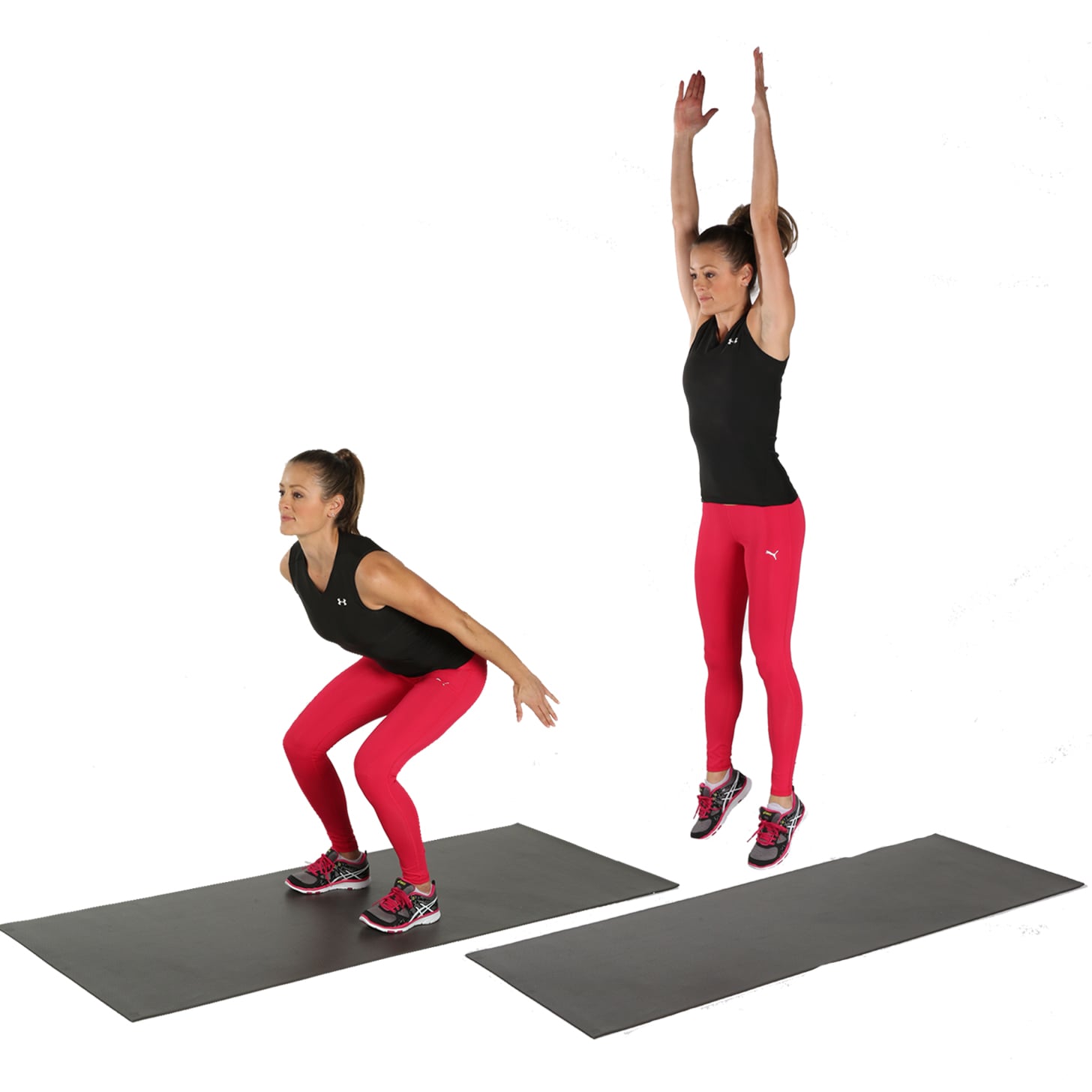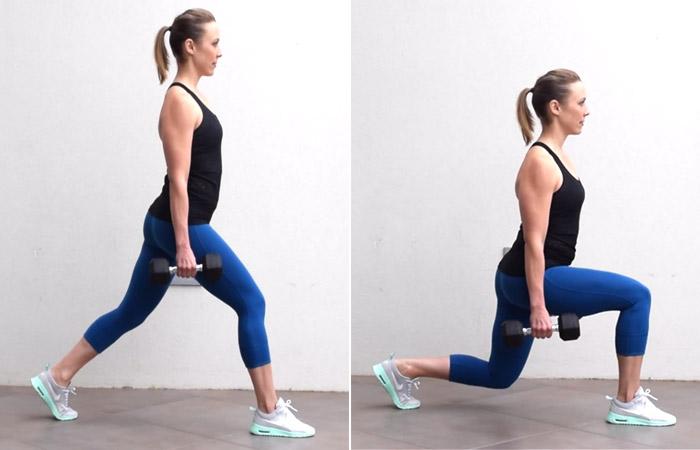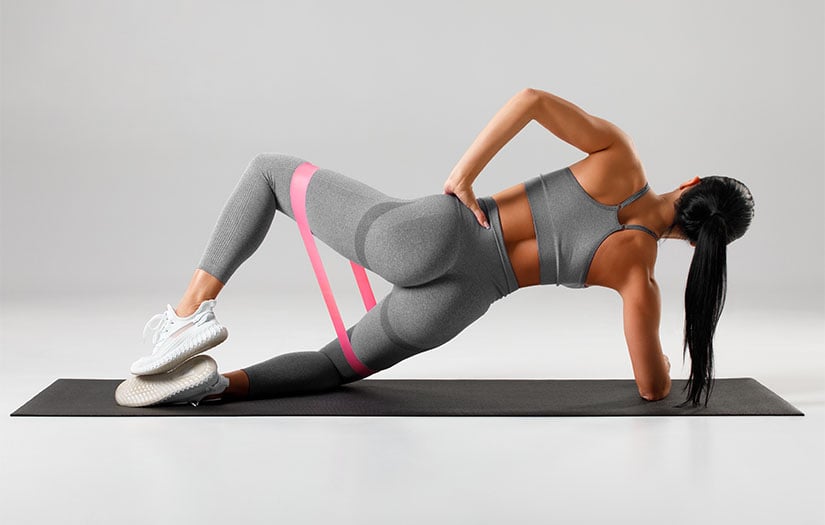The biggest muscle group in your body is found right there in your buttocks. The gluteus maximus, gluteus medius, and gluteus minimus are three distinct muscles that make up your glutes, which are renowned for their power and strength.
In addition to aiding in walking, sitting, running, and jumping, these muscles are well known for their curvy look.
But the form and tone of the glutes may vary, much like those of most other body components. There are other strategies to increase the size of your glutes if they aren’t as large as you’d want them to be.
Let’s discuss some methods for getting your rear in motion so you may acquire the larger, firmer booty you want. and that will aid in your butt growth.
Read Also: Benefits of Cloves Sexually
Several methods to increase butt size
Are you prepared to bulk up your posterior? The following exercises may either be done in a single workout or included in a lower body or full body regimen at least twice per week.
Begin cautiously by doing only one set of each exercise. You may increase the number of sets of each exercise as they get easier, up to two or three.
1. Glute bridge

The glute bridge isolates and improves your glute muscles, hamstrings, and core while also enhancing hip stability in a safe exercise for beginners.
Performing this exercise:
- Knees bowed and feet flat on the ground, lie on your back. With your hands flat on the ground, position your arms at your sides.
- Put your feet firmly on the ground, tighten your glutes, and raise your hips off the surface. From your shoulders to your knees, your body should be in a straight line.
- Five seconds of pause at the summit are followed by a leisurely descent to the starting point.
- Finish three sets of 15 repetitions.
2. Squat jumps

Your heart rate will increase as a result of this intense plyometric workout, which also works your glutes, hips, quadriceps, hamstrings, and calves.
Before doing jump squats, speak with a physical therapist if you have any knee, ankle, hip, or balance difficulties.
Performing this exercise:
- With your arms at your sides and your feet slightly wider than shoulder-width apart, squat to a standing posture.
- Once your thighs are parallel to your knees, lower your body. Put your hands together and extend your arms in front of you as you squat.
- Lift your body off the ground and upward. Try to lift your feet off the ground by at least 3 inches. Arms outstretched to aid in momentum
- Repeat by squatting again with softly bowed knees.
- Finish three sets of 10–15 repetitions.
3. Weighted walking lunges

The walking lunge is a great workout for strengthening and conditioning the glutes, as well as the quadriceps and improving balance.
Before doing this technique, speak with a physical therapist if you have any knee, ankle, or hip problems.
Performing this exercise:
Your arms should be at your sides while you hold a dumbbell in each hand.
Place your feet approximately hip distance apart and stand. With your left foot, advance roughly two steps.
- Make sure your left knee is parallel to the floor by bending it downward. The forward lunge stance looks like this.
- Take a moment to pause and hold this posture.
- Then, step forward on your rear leg (which should be your right), and repeat the lunge-leading motion with this leg.
- For 20 repetitions, alternate the legs while doing this walking lunge pattern (10 for each leg).
- finished two sets of 20 repetitions.
4. Clamshell

The deep glute muscles (gluteus medius and minimus), which are sometimes overlooked while executing exercises like the squat and deadlift, are the focus of the clamshell. These muscles, which are smaller than the gluteus maximus, support your pelvis, guard against lower back discomfort, and keep your lower body in equilibrium.
Performing this exercise:
- Lay on your left side, stacking your legs, placing your right hand on your hip and your head resting on your left arm.
- Knees and hips should be bent 90 degrees. Your butt and feet should be parallel.
- Keep your feet together as you engage your core and elevate your right knee as high as you can. Keep your hips stacked and your left knee firmly planted on the ground. Avoid turning your hips back.
- Several seconds at the peak, then gradually fall to the beginning position.
- Complete three 15-rep sets, then go on to the other side.
5. Banded side step

The exercise known as the banded side step stimulates both your glutes and your hip muscles. Combine banded side steps with another lower body exercise, like squats or lunges, to give your glutes a serious workout.
You may want to begin by putting the resistance band slightly below your knees. You may lower the band near your ankles as the activity becomes easier.
Performing this exercise:
- Start by assuming a shoulder-width position for your feet.
- Put a resistance band around your ankles or just below your knees. Your outer legs and glutes will feel the resistance.
- Your bottom should descend approximately a fourth of the way as you flex your knees.
- Take a step to the right with your right foot, releasing the band’s tension before coming back to the middle. Repeat.
- Before repeating on the left, take 10 side steps to the right. Make three sets on each side.
6. Animal kicks

Many other workouts can’t specifically target your glutes as donkey kicks can. They are an excellent motion for concentrating on and firming your lower back since they just work the three glute muscles.
Performing this exercise:
- Place yourself on all fours to begin. Maintain a neutral spine, hands flat on the floor under your shoulders, and knees that are hip-width apart.
- Lift your right leg off the ground while maintaining your right knee bent and your foot flat by bracing your core.
- Pushing your foot upwards requires using your gluteal muscles. Stop, then squeeze the top. Make sure your hips and pelvis are still pointing down.
- Go back to the beginning place.
- 3 sets of 15 repetitions on each leg are required.
Trying weight training can help.
When doing lunges or donkey kicks, adding weights like dumbbells or ankle weights may up the difficulty and help you break through a plateau. Weights may also increase the efficiency of the workouts.
You may use dumbbells, barbells with plates, resistance bands, medicine balls, kettlebells, and more to increase the weight for a particular activity. Consult a physical therapist or personal trainer if you’re unsure of where to begin or which exercises to intensify for bigger glutes.
For a curvier booty, use shapewear
Although certain workouts might improve your butt’s form and tone, you won’t see changes immediately away.
Shapewear works best if you want a larger, rounder, firmer bottom straight away. Shapewear, which is intended to lift and accentuate what you already have, may assist highlight your natural curves and give your butt a more defined appearance.
Most shapewear undergarments combine detachable butt-raising cushions with smooth, durable, elastic compression material like spandex to help raise and fill your derriere.
Conclusion
Rear ends may be found in a wide variety of sizes and forms, like other body parts. Some people are bigger or curvier by nature.
There are methods you may do if your behind is on the smaller side and you want to make it larger or more shaped.
Shapewear may help elevate your buttocks instantly if you want results right away. Cosmetic surgeries like breast lifts or implants are a more expensive but long-lasting answer.
The size, shape, and firmness of your booty may also be improved with a variety of exercises and activities.
However, seeing results requires time and persistence. Consult a skilled personal trainer for advice if you’re unclear about the workouts that will help you shape and tighten your butt.
